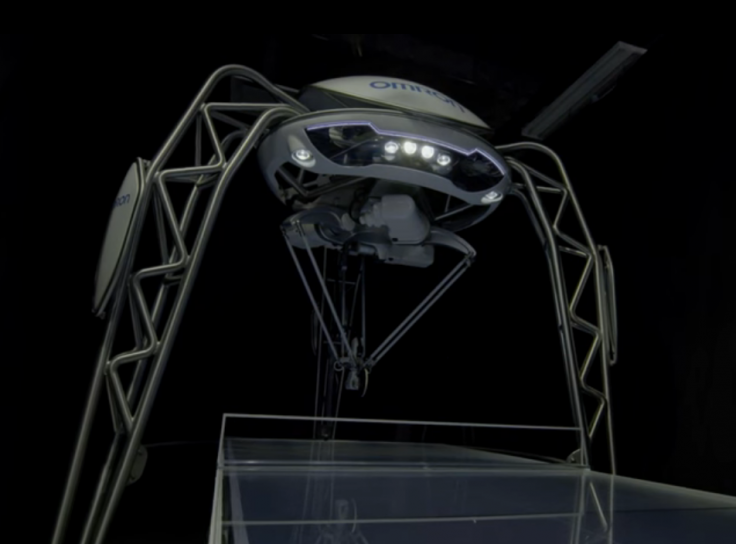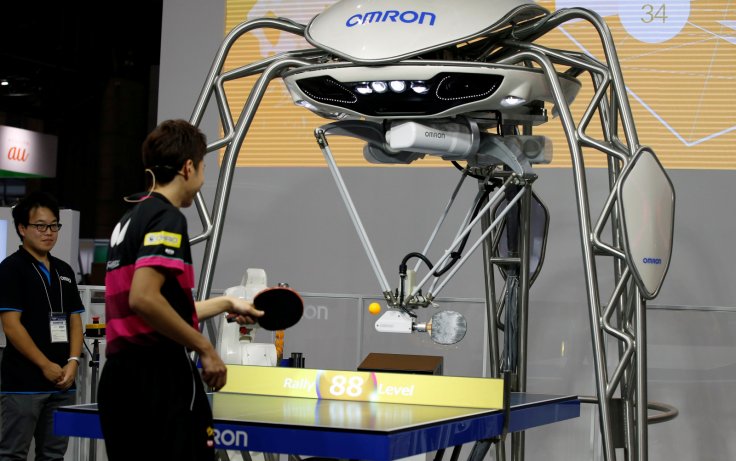
Akihiro Yokoi of WiZ and Aki Maita of Bandai's digital pet Tamagotchi took the world by storm. It became extremely popular among teens and adults alike. Tamagotchis come in a small egg-shaped computer with three buttons on the interface.
This virtual pet became an instant favorite because of the colorful characters, simplistically designed animals, objects or people. Tamagotchis are tiny alien species that deposited eggs on earth and the players basically have to raise the eggs into an adult creature. From taking proper care of the creatures to showering love and affection, Tamagotchis became pretty close to the players, to those who preferred living alone and also to all those who hated furry pets. The creature is smart, happy and adorable.
After 20 years, the same technology used to create Tamagotchi has been further developed by a Japanese company in providing customers with an advanced, humanized robot; one that can easily detect your next move by reading your facial expressions.
Forpheus, an emotional robot, developed by Japan-based Omron Automation is capable of reading a person's body language, offer advice and encouragement. Mind you, this robot can play table tennis really well. Keith Kersten of Japan-based Omron Automation states that Forpheus can predict the opponent's next shot by keeping an eye on his movements. The company is trying to prove how easily technology can go hand in hand with people.
Forpheus was shown at this week's Consumer Electronics Show (CES) in Las Vegas. The company highlights that it is possible to humanize robots by giving them "emotional intelligence" and empathy. The technology is still left to be enhanced further but still, robotic empathy was the most discussed topic in CES, Las Vegas.
Also read: Scientists have developed drumming robots which could interact with humans
Honda launched its new robotics program called Empower, Experience, Empathy, including its new 3E-A18 robot. This robot shows empathy and compassion towards their masters.
Jean-Michel Mourier of French-based Blue Frog Robotics revealed how desperately they are working on their emotional robot Buddy that is set to be released soon this year. Buddy even gets mad when someone pokes him in the eye.
Qihan Technology's Sanbot and SoftBank Robotics' Pepper are also being taught to read and react based on the emotions of their caretaker. According to SoftBank, the emotional robot Pepper can read a person's smile, frown, voice and any non-verbal language "such as the angle of your head".
Patrick Moorhead, a technology analyst with Moor Insights & Strategy speaks of merging technology, psychology and trust. He believes that it is extremely difficult to develop emotional intelligence in robots.
"Empathy is the goal: the robot is putting itself in the shoes of the human, and that's about as hard as it gets," he adds.
Motive behind creating robots with human emotions

The idea of humanizing robots was widely accepted in Japan. The motive behind the innovation is to provide care to elderly people, especially those who are abandoned. Companies are trying to infuse health care option in the robots as well.
According to Moorhead, for those who have no friends, the robot can be "the next best thing" and introverts might feel more comfortable in presence of the robot. Emotional robots can also console someone who is crying and caress those who are feeling low.
One CES exhibitor is trying to develop an "emotion chip" that can allow robots to act like humans. In other words, emotional robots might start taking the place of your loved ones. Patrick Levy-Rosenthal, founder of New York-based Emoshape claims that companies are trying to synthesize human emotions for the machine. Is this the dawn of a new future?









